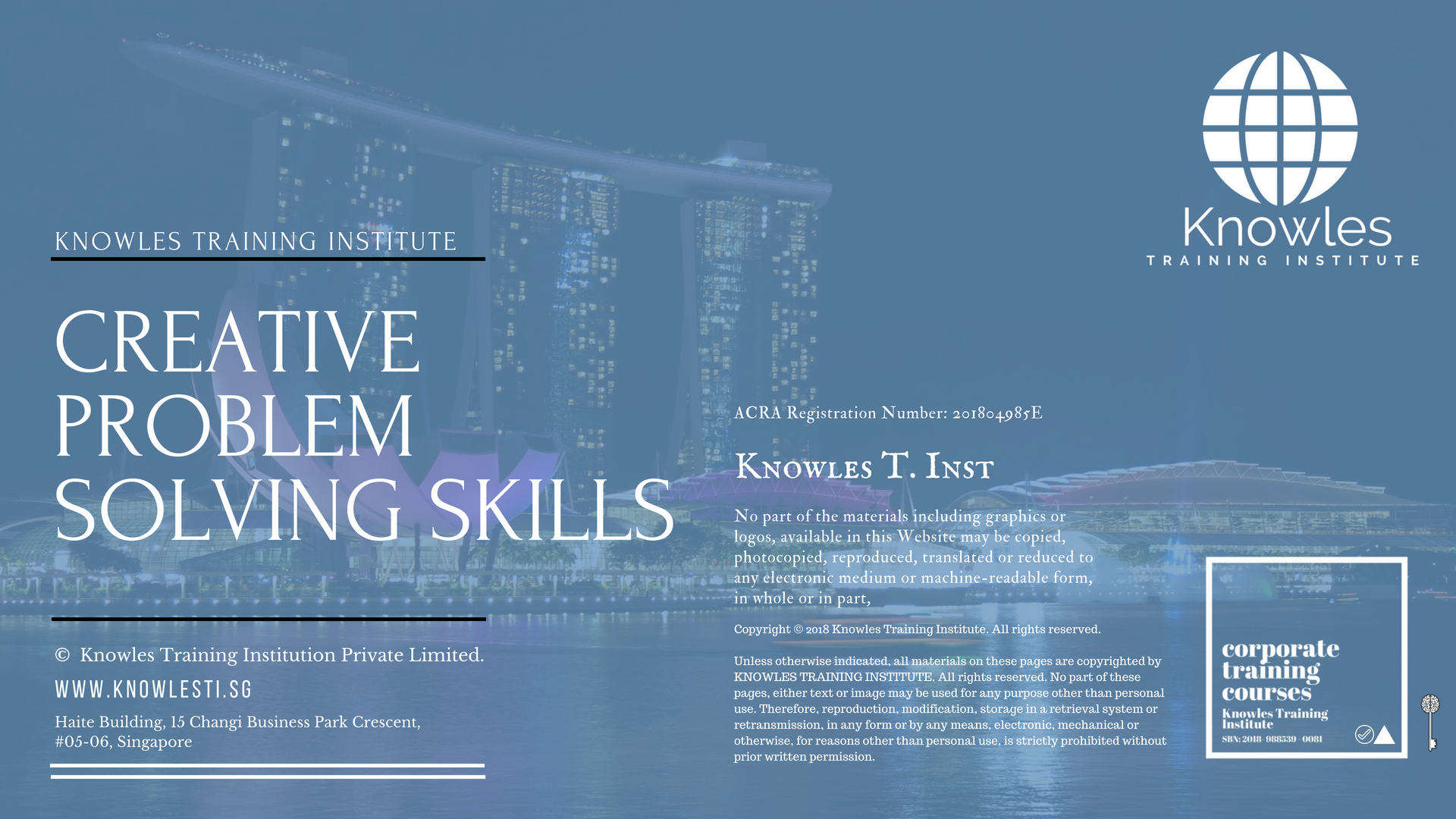Problem-Solving Common Training Challenges

Training programs are essential for employee development and organizational growth, but they often face several common challenges that can hinder their effectiveness. This article explores these challenges and offers practical solutions to overcome them, ensuring training initiatives deliver maximum value.
Common Training Challenges and Solutions

| Challenge | Description | Solution |
|---|---|---|
| Lack of Engagement | Trainees may lose interest or find content irrelevant. | Use interactive methods, gamification, and real-world examples to boost engagement. |
| Limited Resources | Budget, time, or personnel constraints can limit training quality. | Prioritize key skills, use e-learning platforms, and leverage internal experts. |
| Diverse Learning Styles | Different employees learn best through different methods. | Incorporate varied training formats like videos, hands-on activities, and reading materials. |
| Measuring Effectiveness | Difficulty in assessing training impact on performance. | Implement clear KPIs, feedback surveys, and post-training assessments. |
| Resistance to Change | Employees may be reluctant to adopt new skills or processes. | Communicate benefits clearly and involve employees in the training design. |
Strategies to Enhance Training Effectiveness
- Personalize Learning Paths: Tailor content to individual roles and skill levels.
- Leverage Technology: Use LMS (Learning Management Systems) and mobile learning for flexibility.
- Encourage Collaboration: Promote group activities and peer learning.
- Continuous Improvement: Regularly update training materials based on feedback and industry trends.
FAQ
Q1: How can I increase trainee engagement?
A1: Incorporate interactive elements such as quizzes, discussions, and gamified content to make learning more engaging.
Q2: What are cost-effective training methods?
A2: E-learning, webinars, and leveraging internal subject matter experts can reduce costs while maintaining quality.
Q3: How do I measure if training is successful?
A3: Use a combination of pre- and post-training assessments, employee feedback, and performance metrics.
Q4: How to handle resistance to training?
A4: Communicate the benefits clearly, involve employees in planning, and provide support throughout the process.
Conclusion
Addressing common training challenges proactively can significantly improve the effectiveness of your training programs. By understanding the obstacles and applying targeted solutions, organizations can foster a culture of continuous learning and development.
This expanded content is designed to be SEO-friendly, informative, and engaging, making it suitable for a detailed blog article on the topic.
